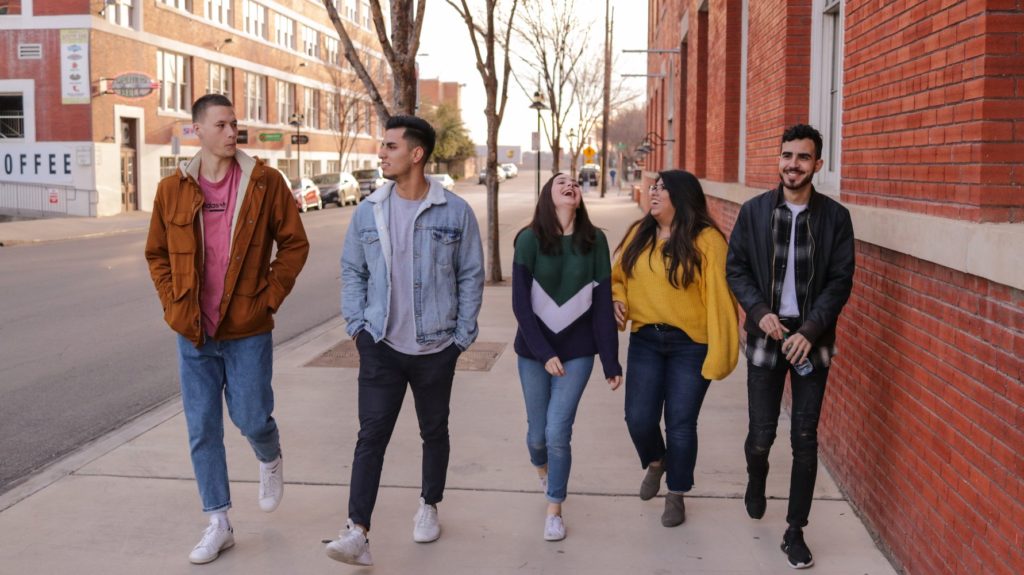Research institutions around the globe are studying the possible link between cannabis consumption in teens and the legalization of this plant. The data shows that there is no solid evidence that cannabis legalization could lead to an increase of consumption in the teenage population. Still, there is a clear contrast in consumption, between the United State and some Latin American countries.
Does cannabis legalization lead to an increase in teenage use?


A joint study between Uruguay’s National Drug Observatory, New York University and Chile’s Center for Public Health Research showed that the legalization of cannabis does not increase consumption among the adolescent population, as some people believed.
The researchers analyzed the case of Uruguay, a Latin American country where cannabis was fully legalized for medical and recreational purposes since 2013. On the other hand, they also compared the situation with what has happened since 2019, when medical cannabis started to be legalized in the United States.
Also, by adding the analysis of Chile, another South American nation, the research found a way to compare all these cases where cannabis use among adolescents is illegal but just as accessible, in order to see if there was a correlation between the legalization of cannabis and the consumption in teens.
If you want to know more about cannabis, how the legalization of this plant could affect cannabis consumption in teens, how there is a contrast between the consumption in the US and some Latin American countries, and to find out the latest cannabis news, download the Hemp.im mobile application.
The United States and Uruguay, two sides of the coins in cannabis teen consumption
The data gathered by the researchers showed that, in the United States, cannabis use among teenagers tends to be higher in states that allow medical cannabis – the opposite of what happens in Latin America.
For example, in the case of Uruguay, scientists noted that the legalization of cannabis doesn’t have considerable impact among young people, i.e., the fact that cannabis is accessible does not increase its use, so it is considered without relevant repercussions.
“Our data on adolescent substance use, risk perceptions and availability are drawn from repeated cross-sectional surveys of students enrolled in eighth, tenth and twelfth grades in urban regions in Uruguay (over 10,000 inhabitants) and Chile (over 30,000 inhabitants),” the researchers said.
No greater differences between Chile and Uruguay
Also, an analysis published in the International Journal of Drug Policy indicated that cannabis supply can minimize the impact of legalization on cannabis use in young people.
The findings were the result of a series of surveys of secondary school students in the city of Montevideo and in central regions of the country, together with students of the same level from 15 control regions in Chile.
These questionnaires asked the adolescents about their cannabis use, since legality makes the difference between one country and another. However, in both Chile and Uruguay, the results showed that there is no greater propensity to use cannabis.
The results showed that, in Uruguay, 58% of teenagers said cannabis was available without problems, while 51% of Chilean teenagers said the same. However, Uruguayan teenagers do not use more cannabis than Chilean teenagers.
Legalization could be the key to understand the contrast between the United States and some Latin American countries
The findings contrast with some US studies that found an increase in cannabis use among teenagers after it was legalized for medical purposes in some regions.
To obtain these results, scientists used a synthetic control method (SCM), for 13 months, to estimate the impact of legalization in Uruguay on cannabis use among adolescents. They also analyzed the availability of cannabis and the perceived risk of use. Then, they compared data from self-reported surveys of high school students, but found no evidence of an impact on cannabis use or perceived risk of use.
__
(Featured image by Eliott Reyna via Unsplash)
DISCLAIMER: This article was written by a third party contributor and does not reflect the opinion of Hemp.im, its management, staff or its associates. Please review our disclaimer for more information.
This article may include forward-looking statements. These forward-looking statements generally are identified by the words “believe,” “project,” “estimate,” “become,” “plan,” “will,” and similar expressions. These forward-looking statements involve known and unknown risks as well as uncertainties, including those discussed in the following cautionary statements and elsewhere in this article and on this site. Although the Company may believe that its expectations are based on reasonable assumptions, the actual results that the Company may achieve may differ materially from any forward-looking statements, which reflect the opinions of the management of the Company only as of the date hereof. Additionally, please make sure to read these important disclosures.
First published in Nacion Cannabis, a third-party contributor translated and adapted the article from the original. In case of discrepancy, the original will prevail.
Although we made reasonable efforts to provide accurate translations, some parts may be incorrect. Hemp.im assumes no responsibility for errors, omissions or ambiguities in the translations provided on this website. Any person or entity relying on translated content does so at their own risk. Hemp.im is not responsible for losses caused by such reliance on the accuracy or reliability of translated information. If you wish to report an error or inaccuracy in the translation, we encourage you to contact us.



Comments are closed for this post.